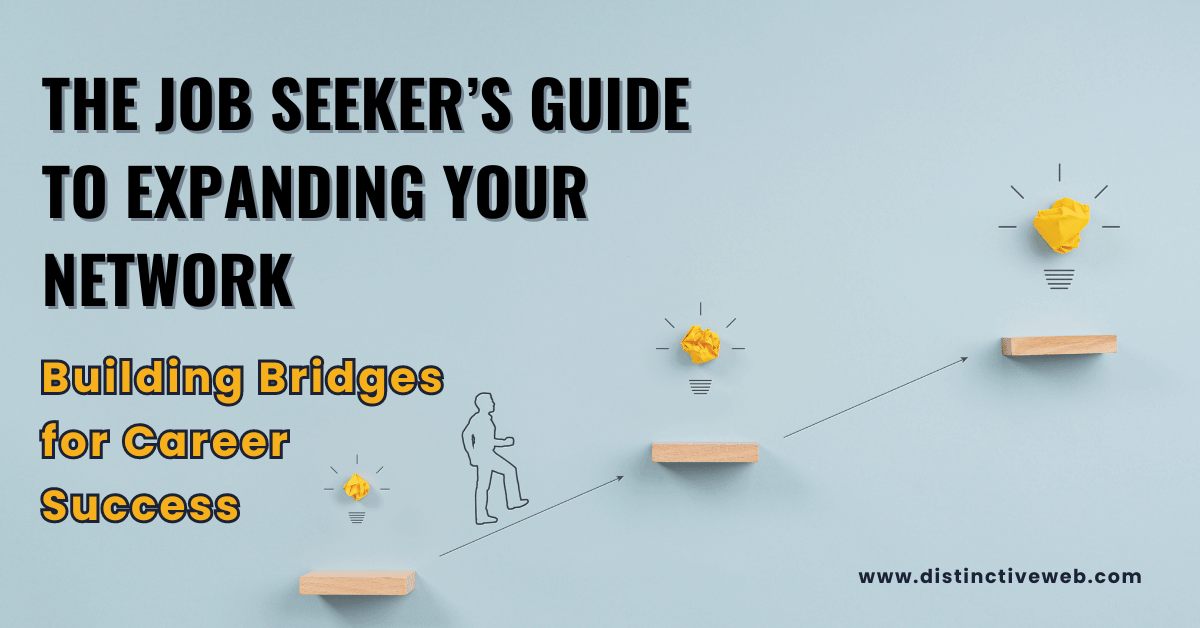
In January 2023, the U.S. Federal Trade Commission (FTC) proposed a sweeping rule that, with limited exceptions (such as for highly compensated executives or in connection with the sale of a business), would prohibit employers from entering into post-employment non-competition arrangements with workers. (See our post here.) Under the proposed rule, an agreement between an employer and a worker – not just employees, but also independent contractors, interns, and even volunteers – that would prevent the worker from seeking or accepting employment, or from operating a business, after the conclusion of the worker’s working relationship with the employer would be unlawful. As proposed, the rule not only applied prospectively, but invalidated previously entered-into non-competition arrangements. After a notice-and-comment period, the FTC issued the “Final Rule” on April 23, 2024 and it is scheduled to go into effect September 4, 2024.
As expected, the FTC’s Final Rule immediately generated legal challenges. Among the arguments advanced by those opposing the Final Rule were that the FTC lacks legal authority to regulate unfair methods of competition, that the FTC’s actions violated the “major questions doctrine” because the FTC’s actions lacked authorization from Congress, and that the FTC’s actions constituted an unconstitutional delegation of legislative power.
On July 3, Judge Ada Brown of the United States District Court for the Northern District of Texas issued the first ruling in these pending challenges to the Final Rule (Ryan LLC v. Federal Trade Commission). In her 33-page decision, Judge Brown preliminarily enjoined the Final Rule from going into effect on September 4, 2024 but only with respect to the Plaintiffs in the action—consisting of one private business (Ryan, LLC), the U.S. Chamber of Commerce, the Longview, Texas Chamber of Commerce, and two trade organizations (Business Roundtable and the Texas Association of Business)—and signaled that the Final Rule is unlikely to pass final judicial review on the merits for a number of reasons.
First and foremost, Judge Brown found unconvincing the FTC’s explanation that it was authorized to publish the Final Rule under its broad powers to prevent unfair methods of competition. In its briefing, the FTC argued that it is an unfair method of competition for persons to enter or enforce non-compete agreements, and that the powers entrusted to the FTC empower the agency to make substantive rules precluding unfair competition. The court rejected this argument. Although Judge Brown acknowledged that the FTC has the authority to make certain “housekeeping” rules dealing with unfair or deceptive practices, the FTC Act does not “expressly grant the [FTC] authority to promulgate substantive rules regarding unfair methods of competition.” Because agencies only have “the powers that Congress grants through a textual commitment of authority” and Congress has not expressly delegated substantive rulemaking to the FTC to regulate unfair competition, the court found that the FTC exceeded its authority in enacting the Final Rule.
Although the first reason was by itself sufficient to find that the Plaintiffs had established a likelihood of success on the merits, the court also found that the FTC’s rulemaking was arbitrary and capricious: “[The Final Rule] imposes a one-size-fits-all approach with no end date,” and thus lacks a rational connection between the agency’s goal of preventing unfair competition and the “categorical ban” it adopted without “targeting specific, harmful non-competes.” The court specifically noted the FTC’s failure to consider any alternatives to a blanket ban on non-competes, failure to consider the potential “pro-competitive justifications” of such covenants, and failure to differentiate the effect of non-competes among different types and classes of workers.
The court also had little trouble finding that the Final Rule would result in irreparable harm to the Plaintiffs, agreeing that its implementation would “announce open season” for poaching workers and increase the risk that departing workers would take valuable intellectual property and proprietary methods to competitors. The operational cost of complying with a likely invalid rule and the nonrecoverable financial costs associated with complying with the Final Rule before its effective date were sufficient to demonstrate a significant risk of irreparable harm. Thus, finding that the injury to the Plaintiffs and the public interest would be great if the court were not to enjoin the rule, the court granted the Plaintiffs preliminary injunctive relief and stayed the Final Rule’s effective date as to the Plaintiffs. The court would not, however, grant nationwide injunctive relief and limited its preliminary injunction and the stay of the Final Rule’s effective date to the Plaintiffs before the court. However, Judge Brown noted that she “intends to enter a merits disposition on th[e] action on or before August 30, 2024,” a decision likely to convert the preliminary injunction to permanent relief. Between this initial blow to the Final Rule and the pendency of other lawsuits in Texas and Pennsylvania attacking the Final Rule, the chances of the FTC’s non-compete ban going into effect appear to be in serious jeopardy. We’ll continue to monitor and update with further developments.



















